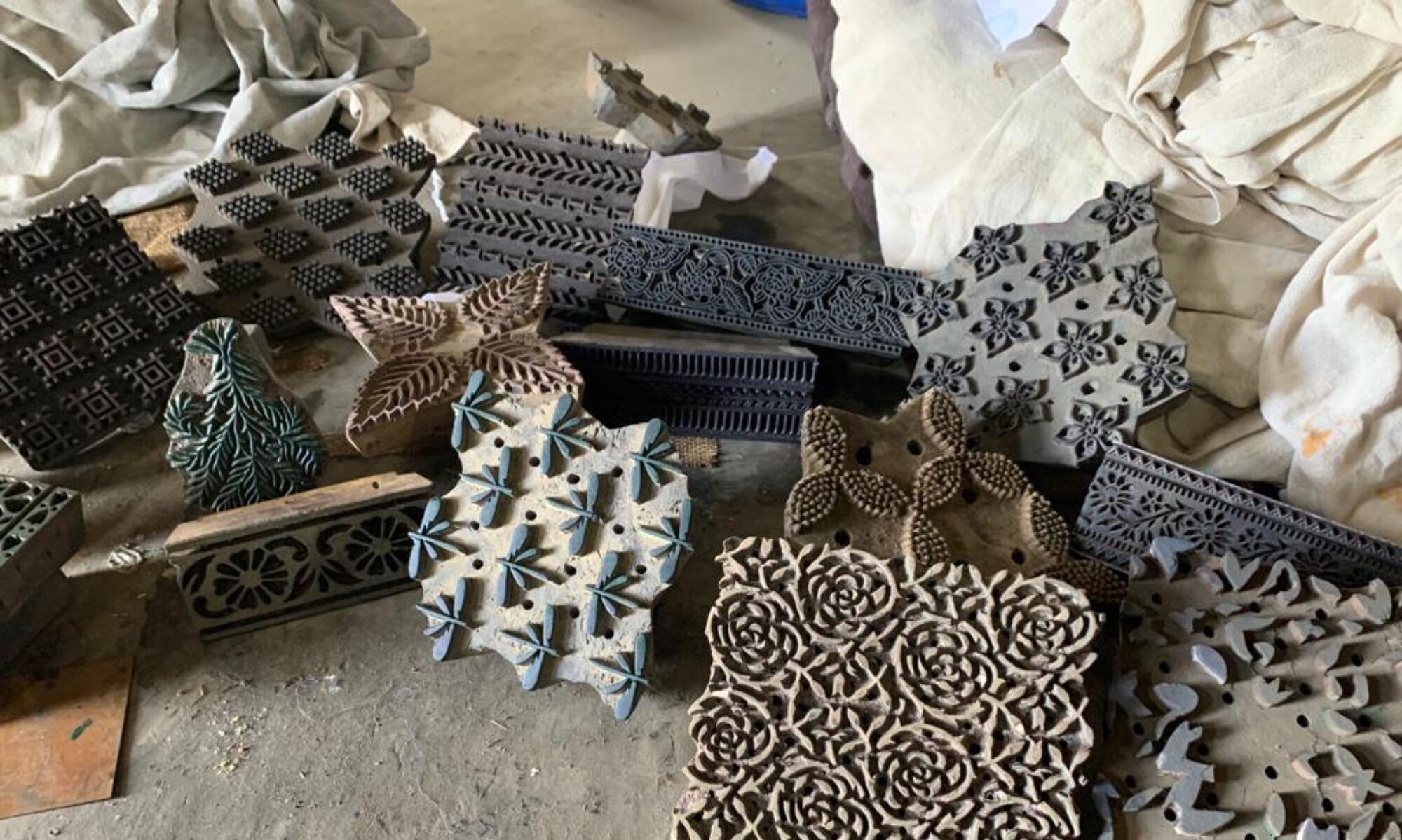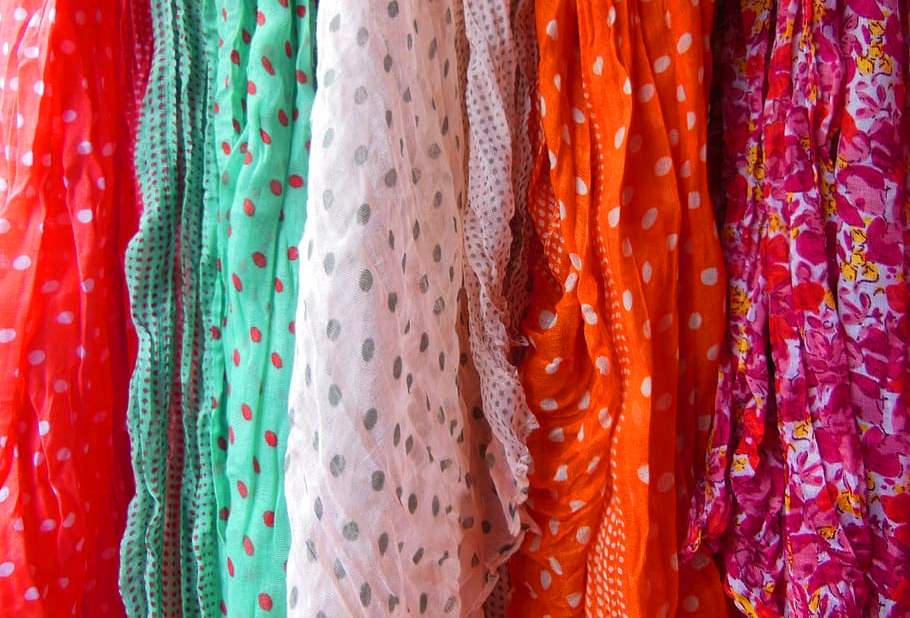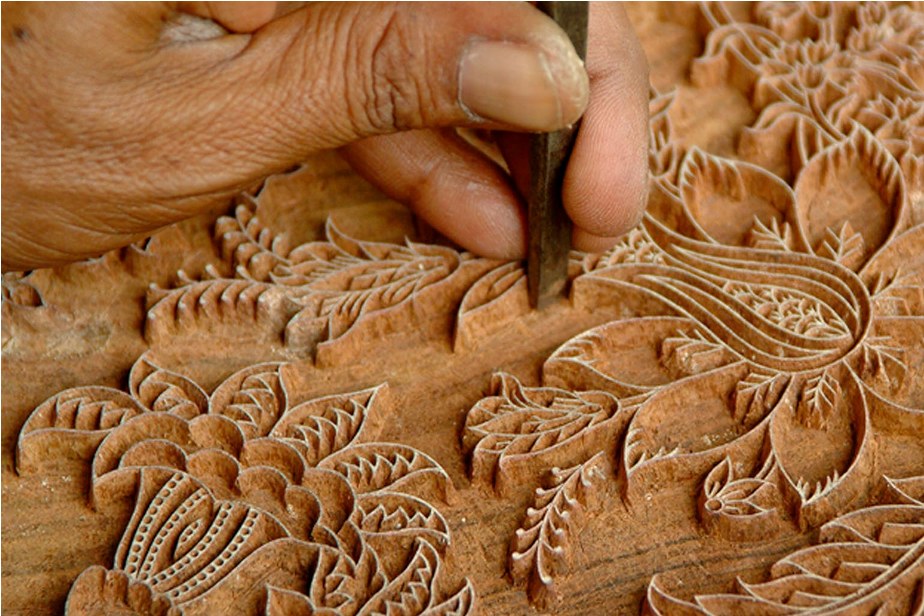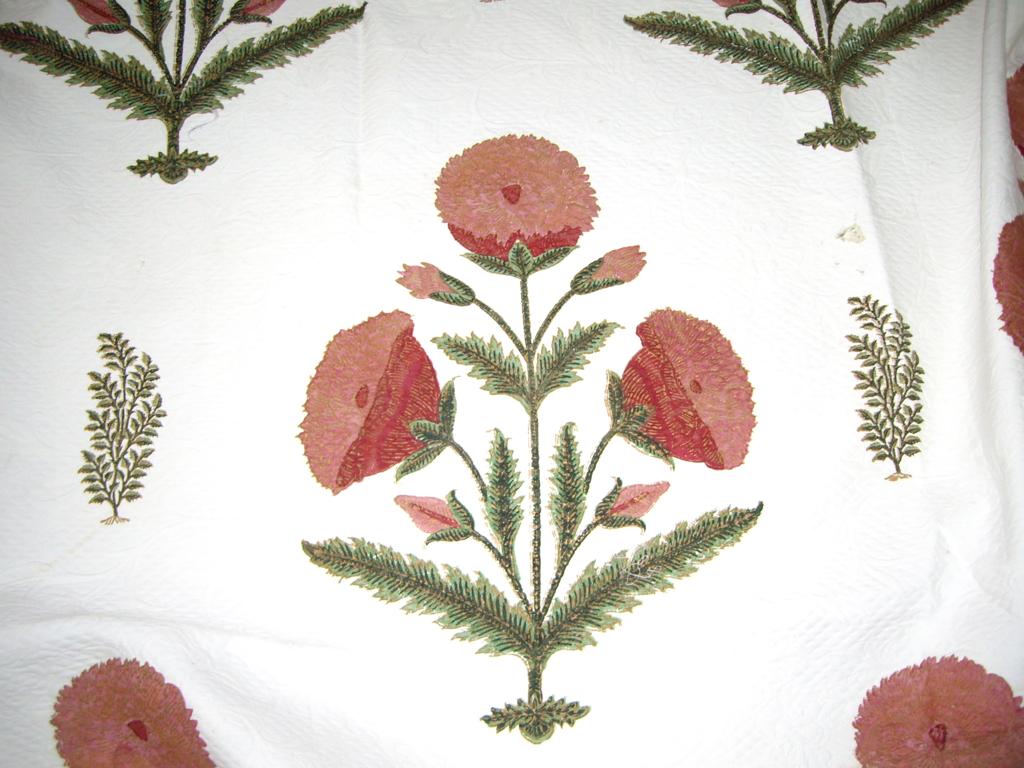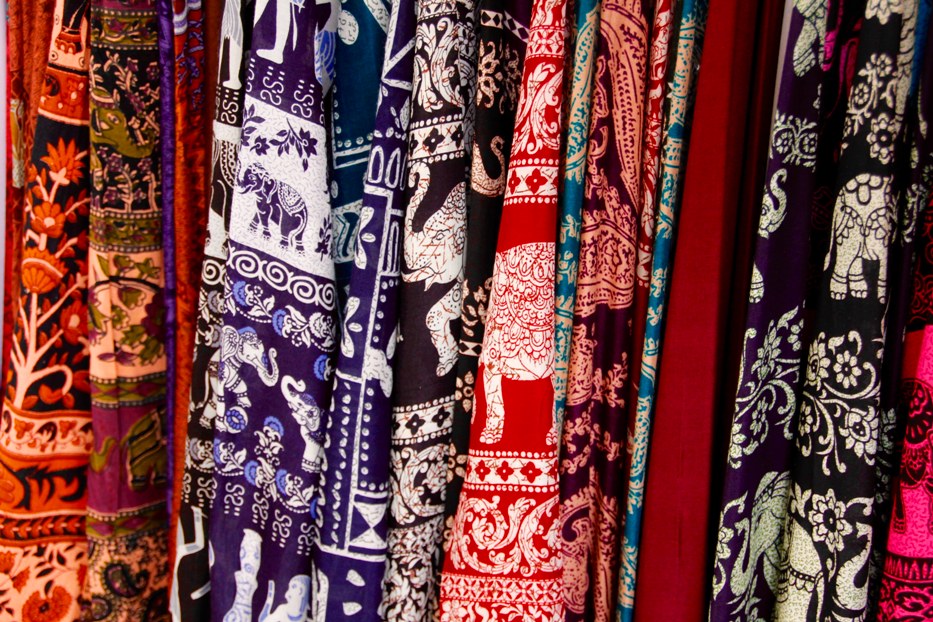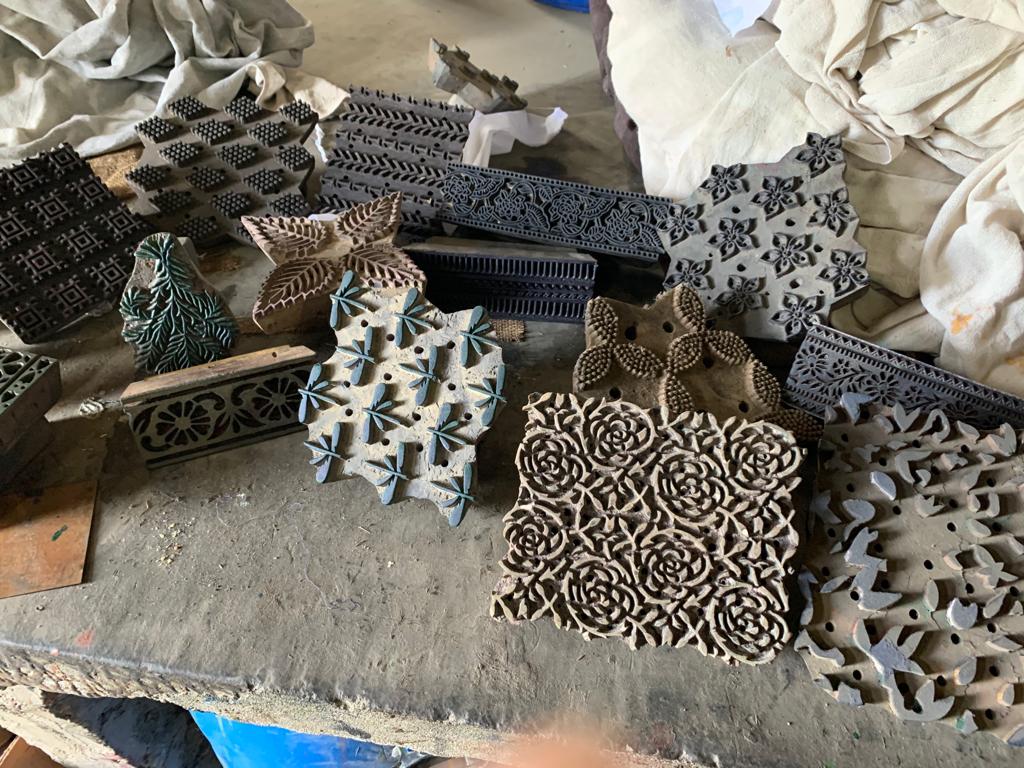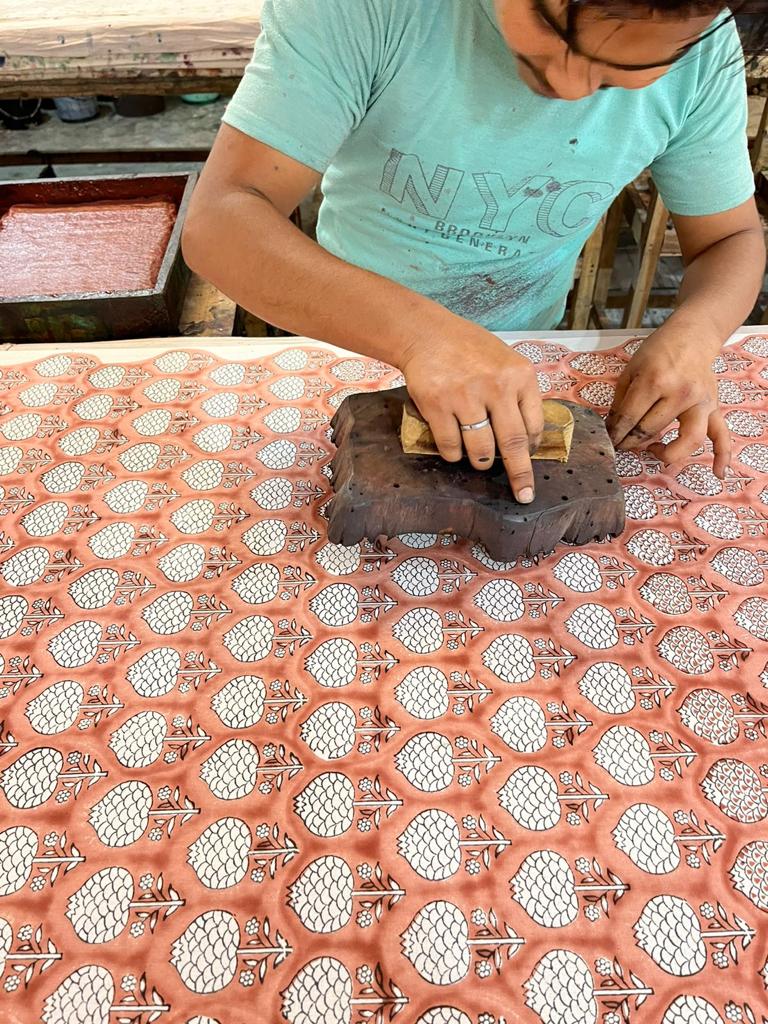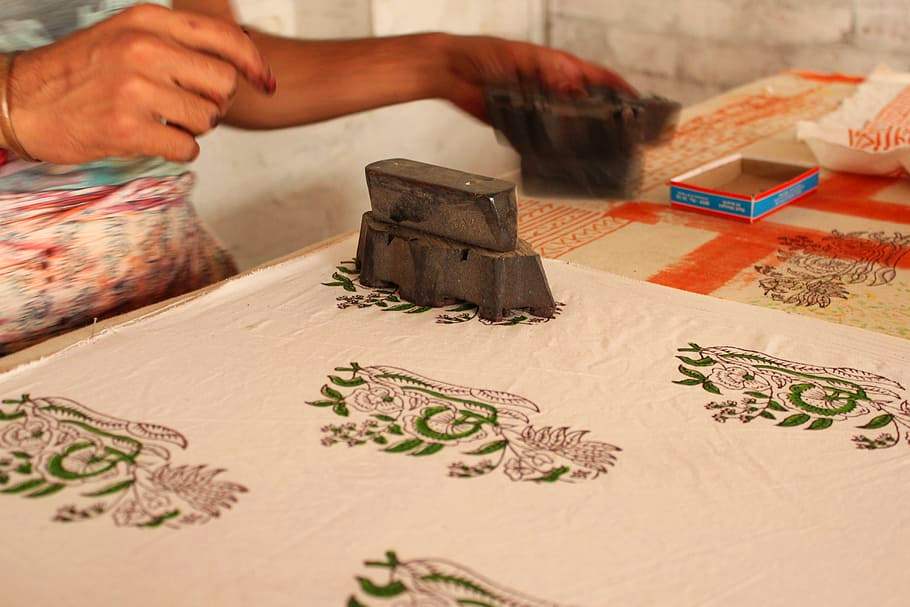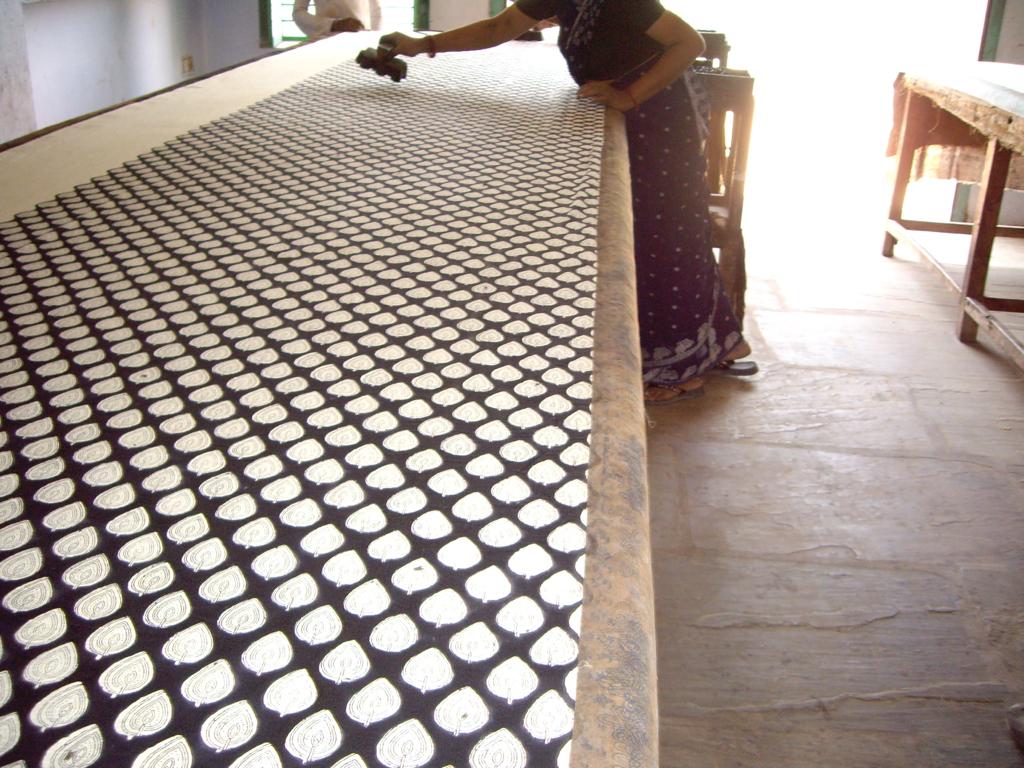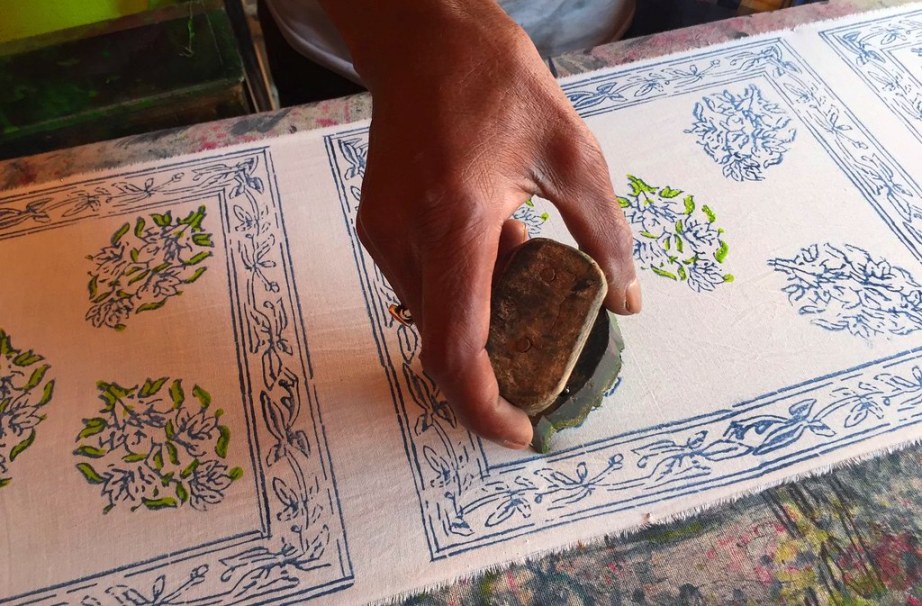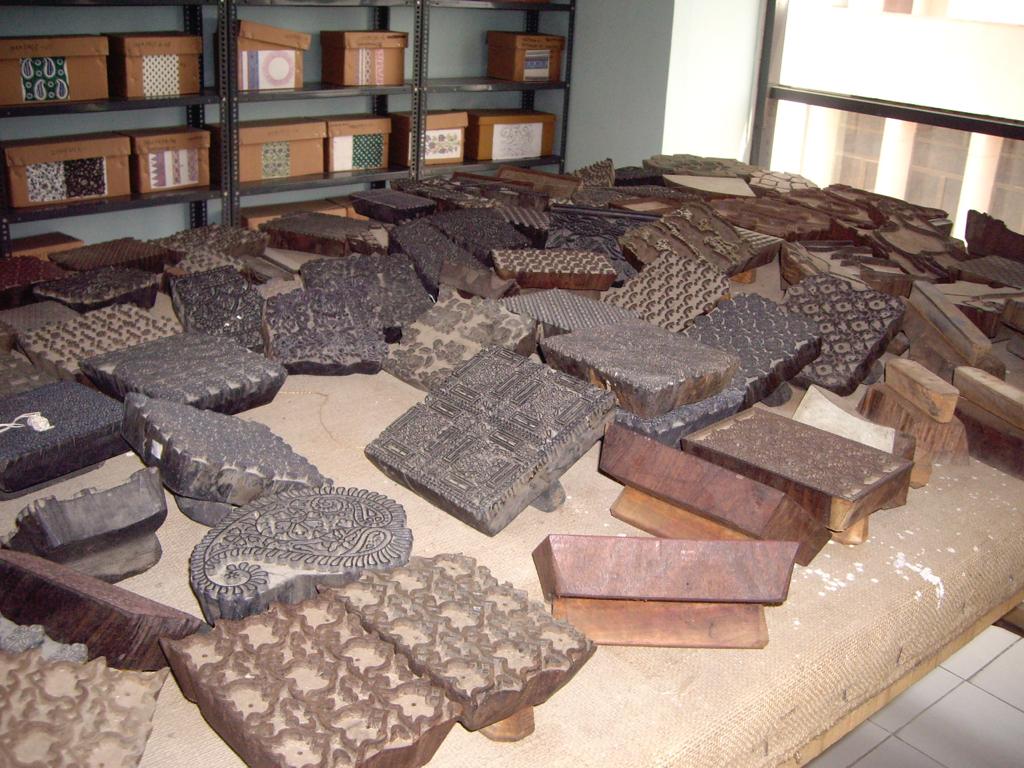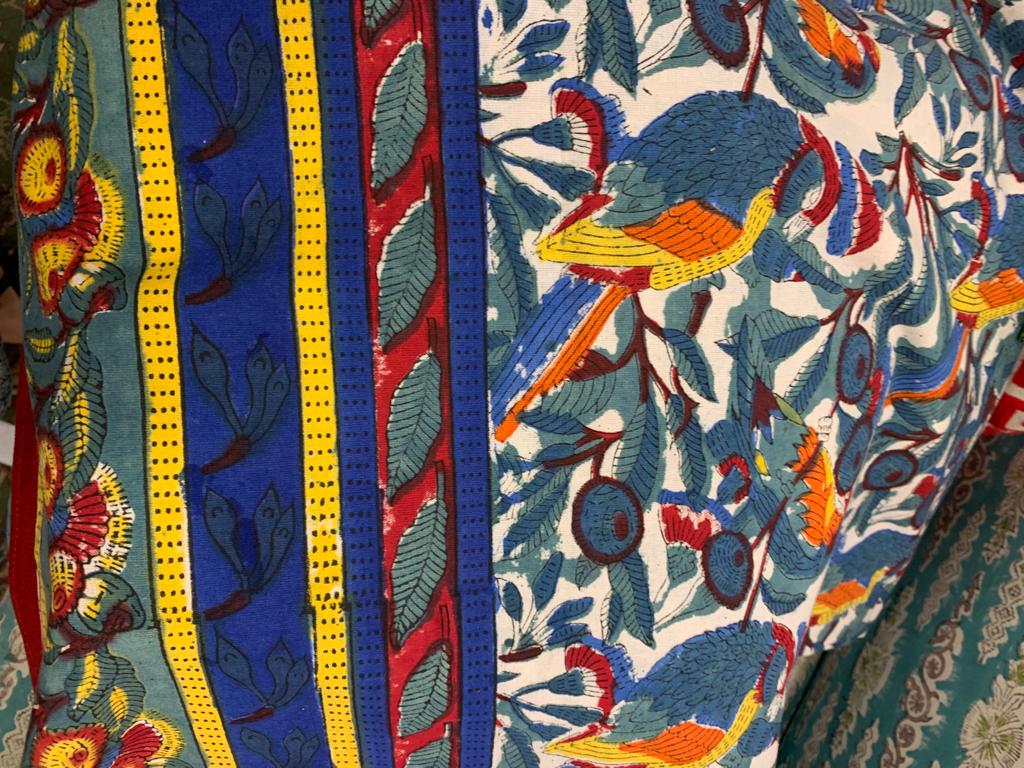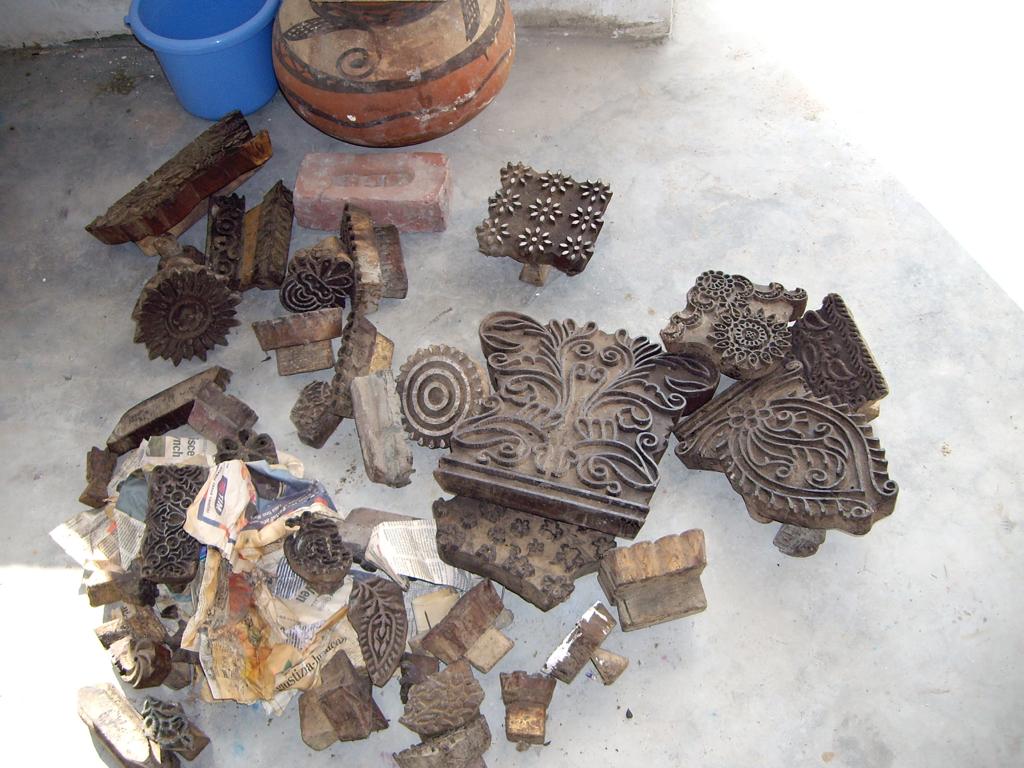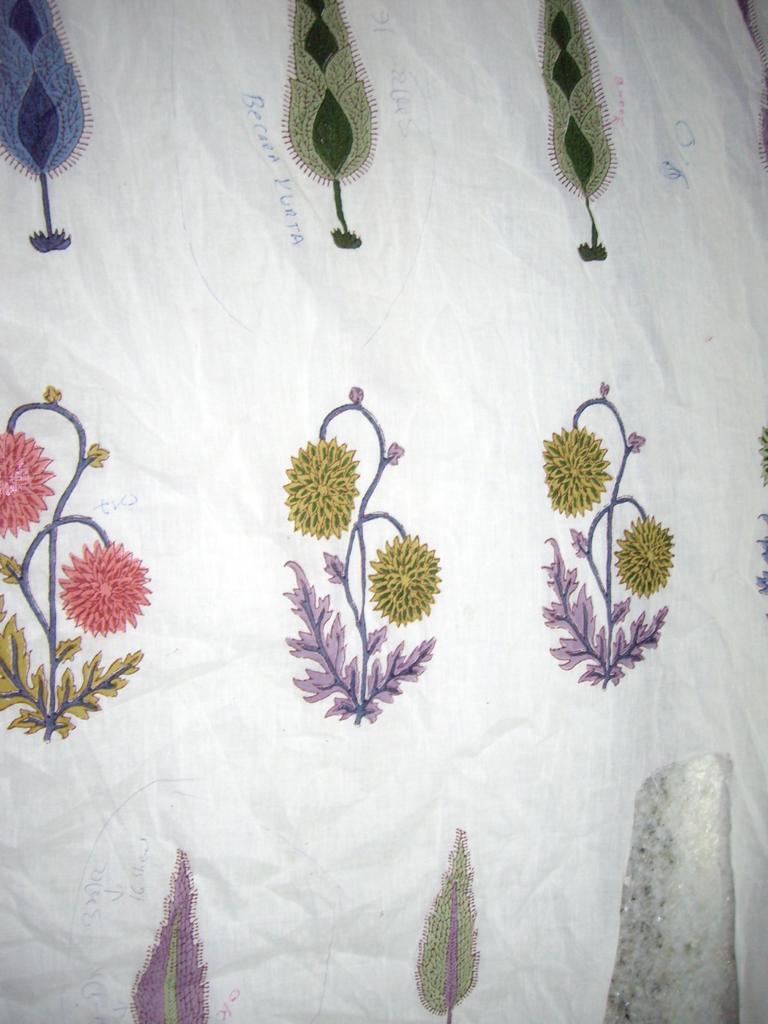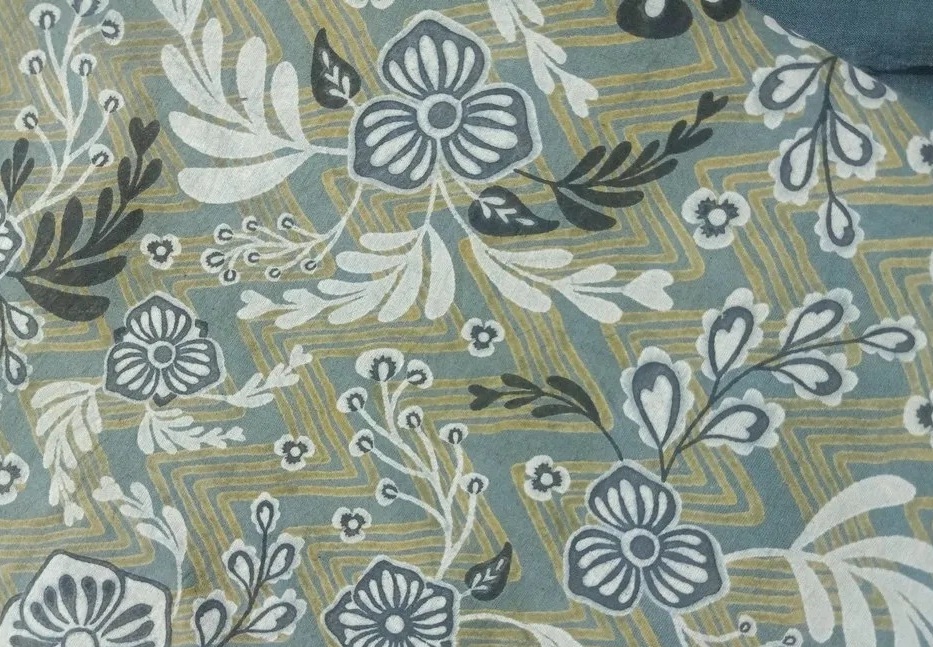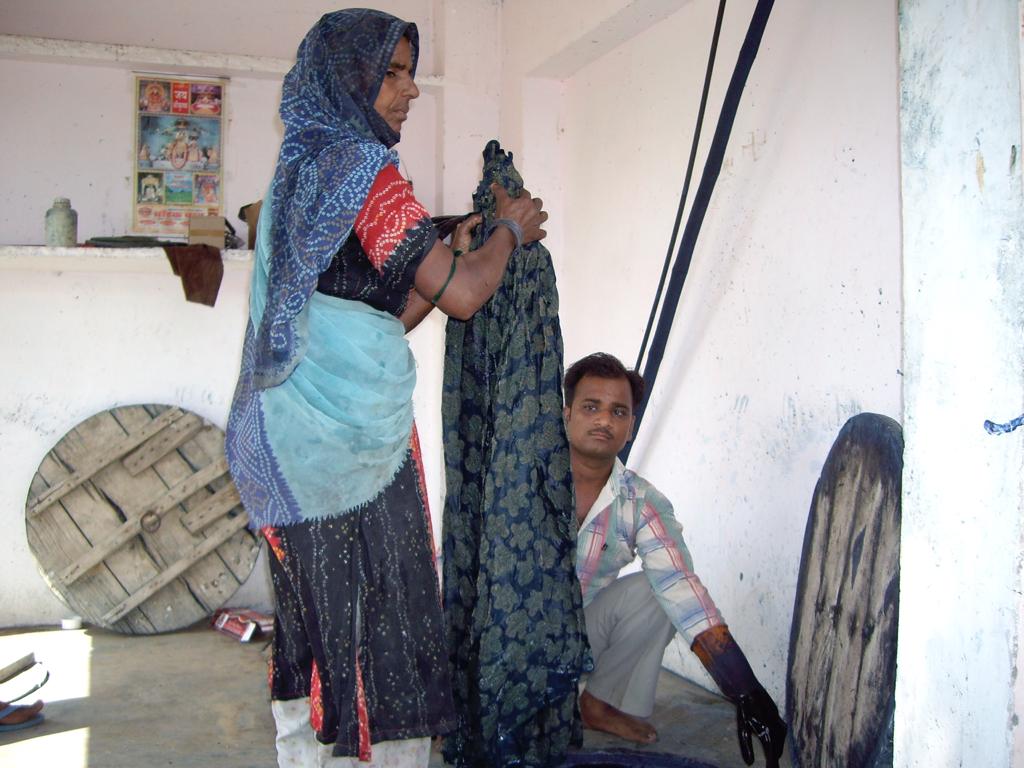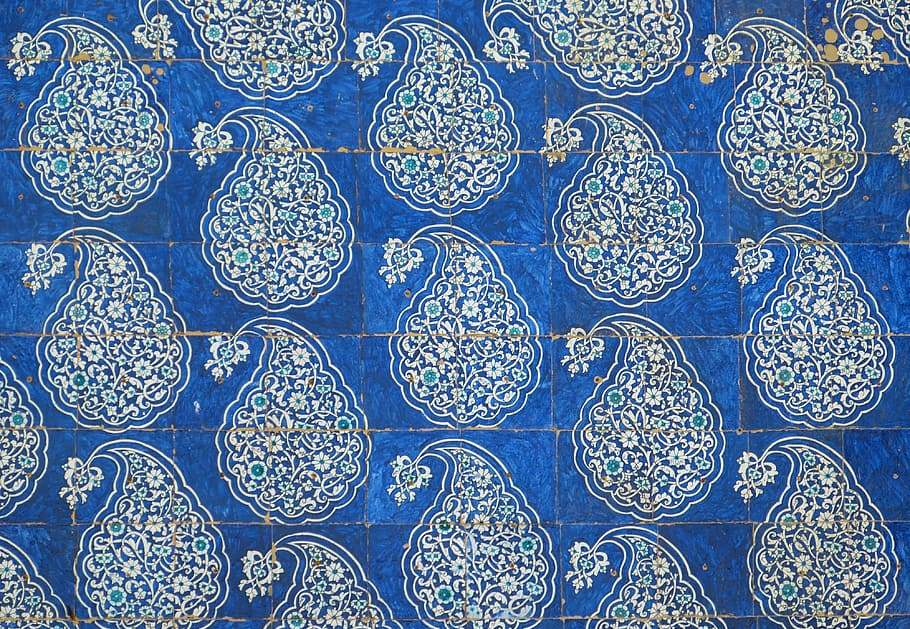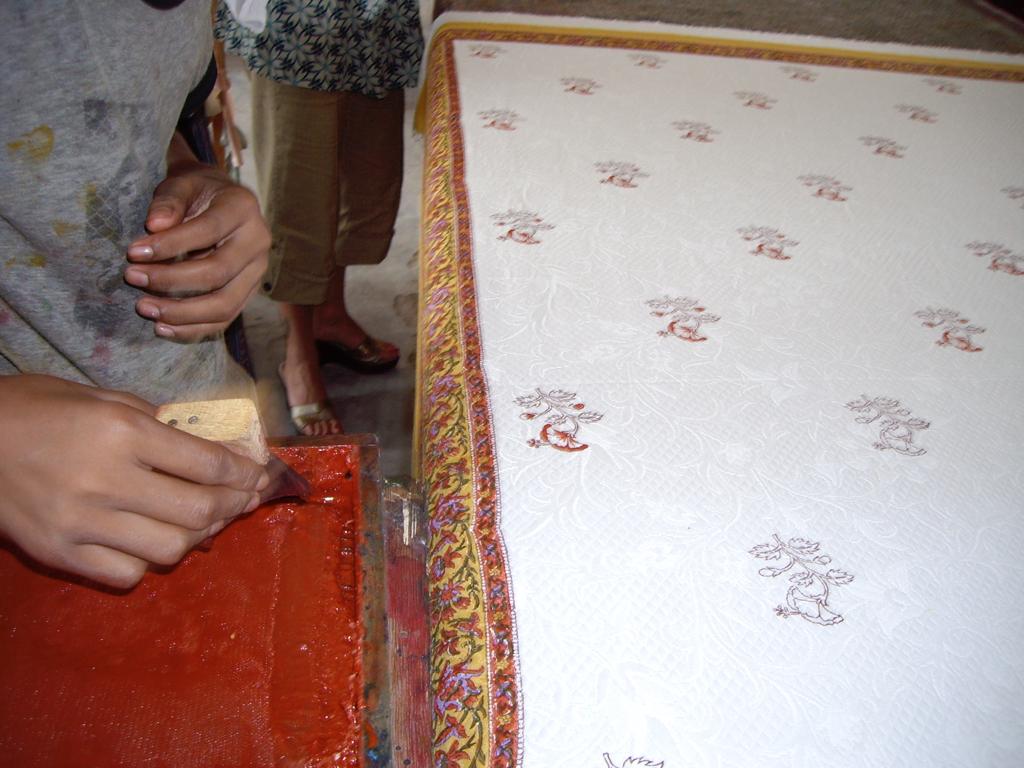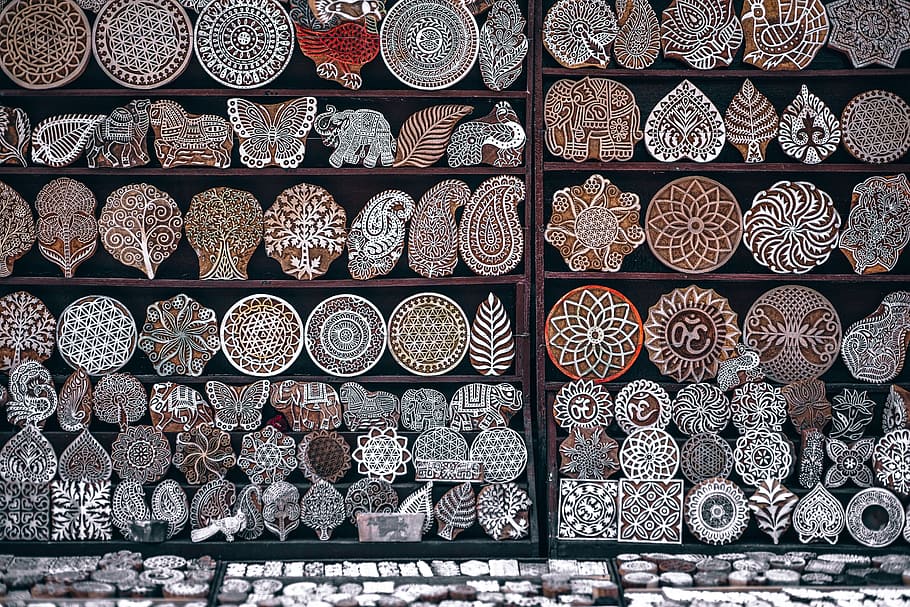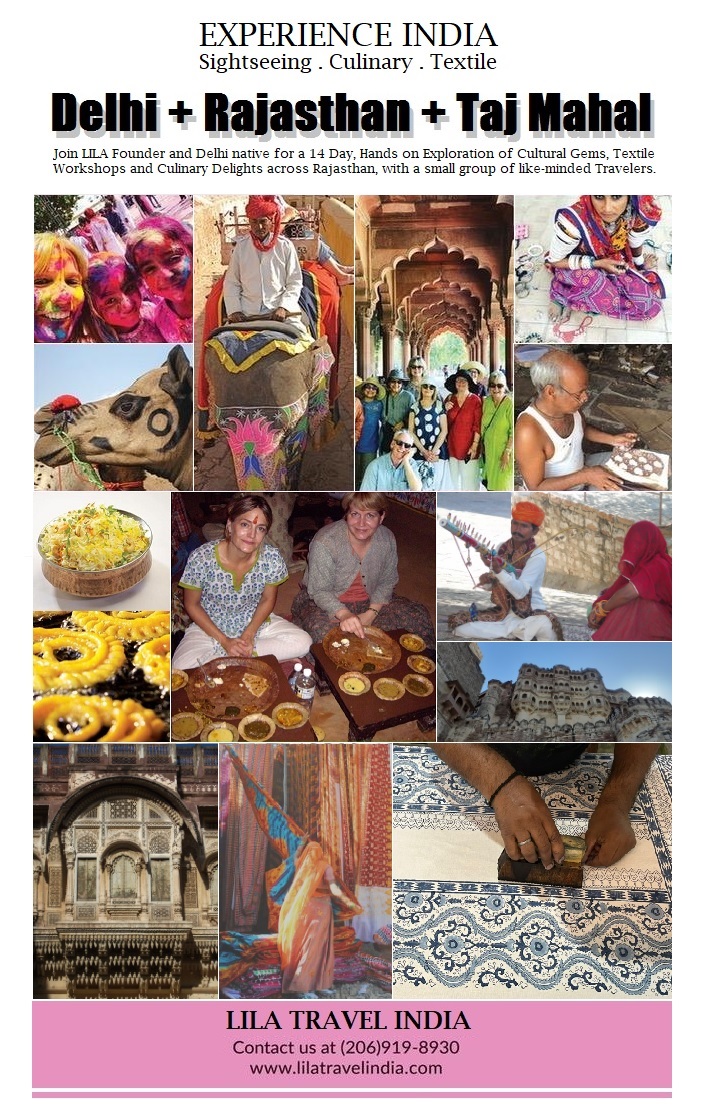Rajasthan is a state in India known for its rich cultural heritage and traditional textile art forms. Over the years, there has been an increasing demand for organic textiles in the region, which has led to the growth of organic textile production. Organic textiles are produced without the use of harmful chemicals or pesticides, making them environmentally friendly and safe for the people who produce them. In this essay, we will explore the organic textiles of Rajasthan and the impact they have on the local economy and environment.
Organic Cotton
Cotton is one of the most widely used fabrics in the world, and Rajasthan is a significant producer of cotton. The use of organic cotton in textile production has gained popularity in recent years due to its environmental benefits. Organic cotton is grown without the use of harmful chemicals or pesticides, which helps to preserve the soil quality and protect the health of the farmers who grow it.
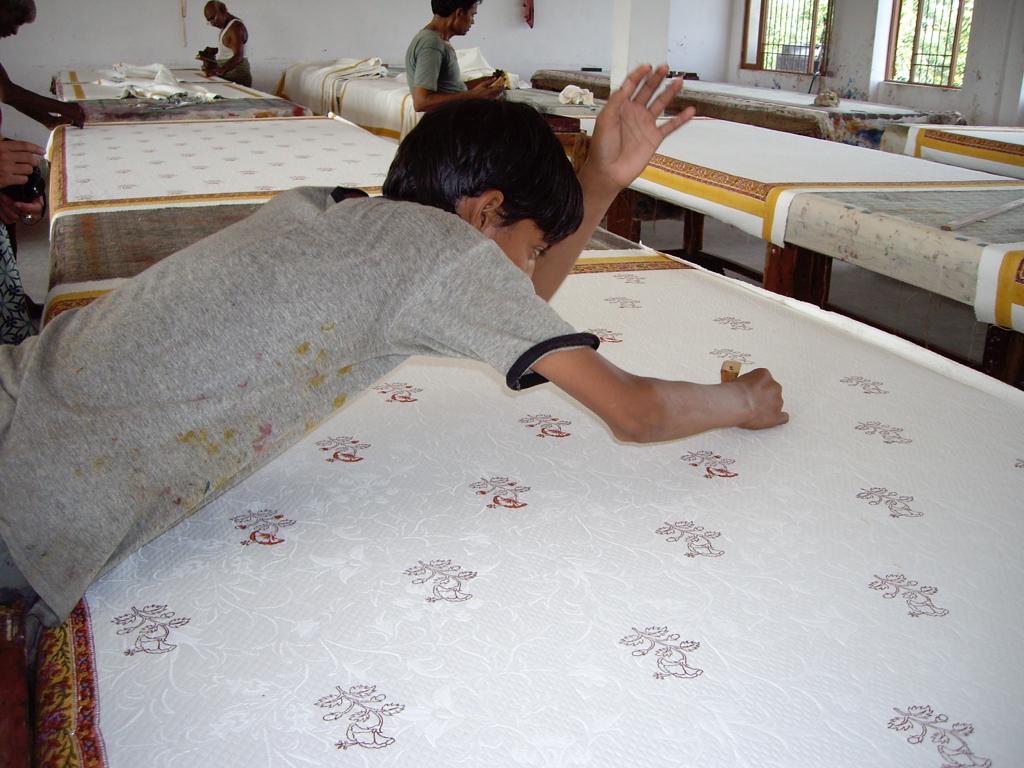
The production of organic cotton in Rajasthan has been on the rise in recent years. The state government has been promoting organic farming practices and providing subsidies to farmers who grow organic cotton. This has helped to create a sustainable and environmentally friendly cotton industry in the region.
One of the most famous organic cotton products in Rajasthan is the Jaipuri quilt. Jaipuri quilts are made from layers of cotton and are famous for their lightweight, warmth, and softness. They are made using organic cotton and natural dyes, which makes them eco-friendly and safe for use.
Organic Silk
Silk is another popular fabric in Rajasthan, and organic silk production has been gaining popularity in recent years. Organic silk is produced without the use of harmful chemicals or pesticides, making it safer for the people who produce it and the environment.
The production of organic silk in Rajasthan is still in its nascent stage, but there has been a growing demand for it. Organic silk is used to make a variety of products, including sarees, scarves, and shawls. These products are known for their quality, beauty, and eco-friendliness.
Natural Dyes
The use of natural dyes in textile production is an essential aspect of organic textiles. Natural dyes are made from plants, fruits, and vegetables and are free from harmful chemicals. The use of natural dyes helps to preserve the environment, protect the health of the people who produce them, and create eco-friendly products.
Rajasthan is known for its use of natural dyes in textile production. The state is home to a wide variety of plants and fruits that are used to make natural dyes. Some of the most commonly used natural dyes in Rajasthan include indigo, madder root, pomegranate, and turmeric.
The production of natural dyes is a labor-intensive process that requires a high degree of skill and knowledge. The natural dyes are made by extracting the color from plants, fruits, and vegetables and then applying it to the fabric using various techniques. The use of natural dyes gives the textiles a unique and beautiful appearance and makes them safe for the environment and the people who produce them.
Impact on the Local Economy and Environment
The production of organic textiles has had a significant impact on the local economy and environment in Rajasthan. The production of organic textiles has created new job opportunities for local artisans and farmers, which has helped to boost the local economy.
Organic textile production also helps to preserve the environment by reducing the use of harmful chemicals and pesticides. Organic cotton and silk production has helped to preserve the soil quality and protect the health of the people who produce them.
The use of natural dyes in textile production also helps to preserve the environment. The use of natural dyes reduces the amount of harmful chemicals that are released into the environment, which helps to protect the soil, air, and water.
Want to learn more? Join Lila Travel India’s Textile Tour of Rajasthan to get a rich insight into the traditional art of Block Printing.
Culture Culinary Craft Tour of Rajasthan India – Experience India’s textile heritage on immersive tours by Lila Travel India – Led by Delhi Native based in Seattle USA – https://lilatravelindia.com/culture-culinary-textile-tour-of-rajasthan/
#culturaltourrajasthan #culinarytourindia #textiletourindia #luxurytoursindia #rajasthan #india #lilatravelindia
